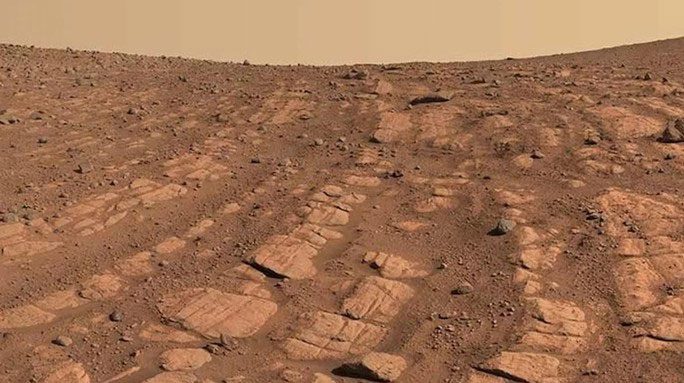A research team has found signs of life on two planets: Mars and Saturn.
The team from the Massachusetts Institute of Technology (MIT) used data from NASA’s orbiters and landers currently operational in the regions of Mars and Saturn to search for “rivers of life.”
For Saturn, they focused on data captured by the Cassini orbiter regarding Titan, a world with methane rivers that are still flowing today.

An area that was once a raging river in Jezero Crater on Mars – (Image: Perseverance/NASA)
According to Space, this prime location for extraterrestrial life initially raised doubts among scientists as the flow appeared insufficient to create delta-like floodplains as seen on Earth.
However, they later discovered unusual dynamics that allowed these flows to remain “almost strong,” promising to create many structures resembling the “cradles” of life on Earth. Nevertheless, data on Titan is still quite limited, so NASA will need to gather more information.
On Mars, using a model previously tested with 500 rivers on Earth, they identified the intriguing history of rivers in Gale Crater and Jezero Crater. Both are believed to have ancient lakebeds that were filled with water for billions of years.
Interestingly, NASA has two rovers actively exploring these massive impact structures. The rivers in Gale have flowed long and strong enough to resemble Earth’s rivers for about 100,000 years, while the river in Jezero has flowed well for up to 1 million years!
Members of the research team affirmed: “That period is long enough to allow for the development and support of life.”
A series of plans to search for clearer evidence of life are being outlined by NASA for the Curiosity rover in Gale and the Perseverance rover in Jezero, following the discovery of primitive building blocks of life. Notably, with Perseverance, the more advanced rover is located right where the “river of life” has flowed steadily for 1 million years.


















































